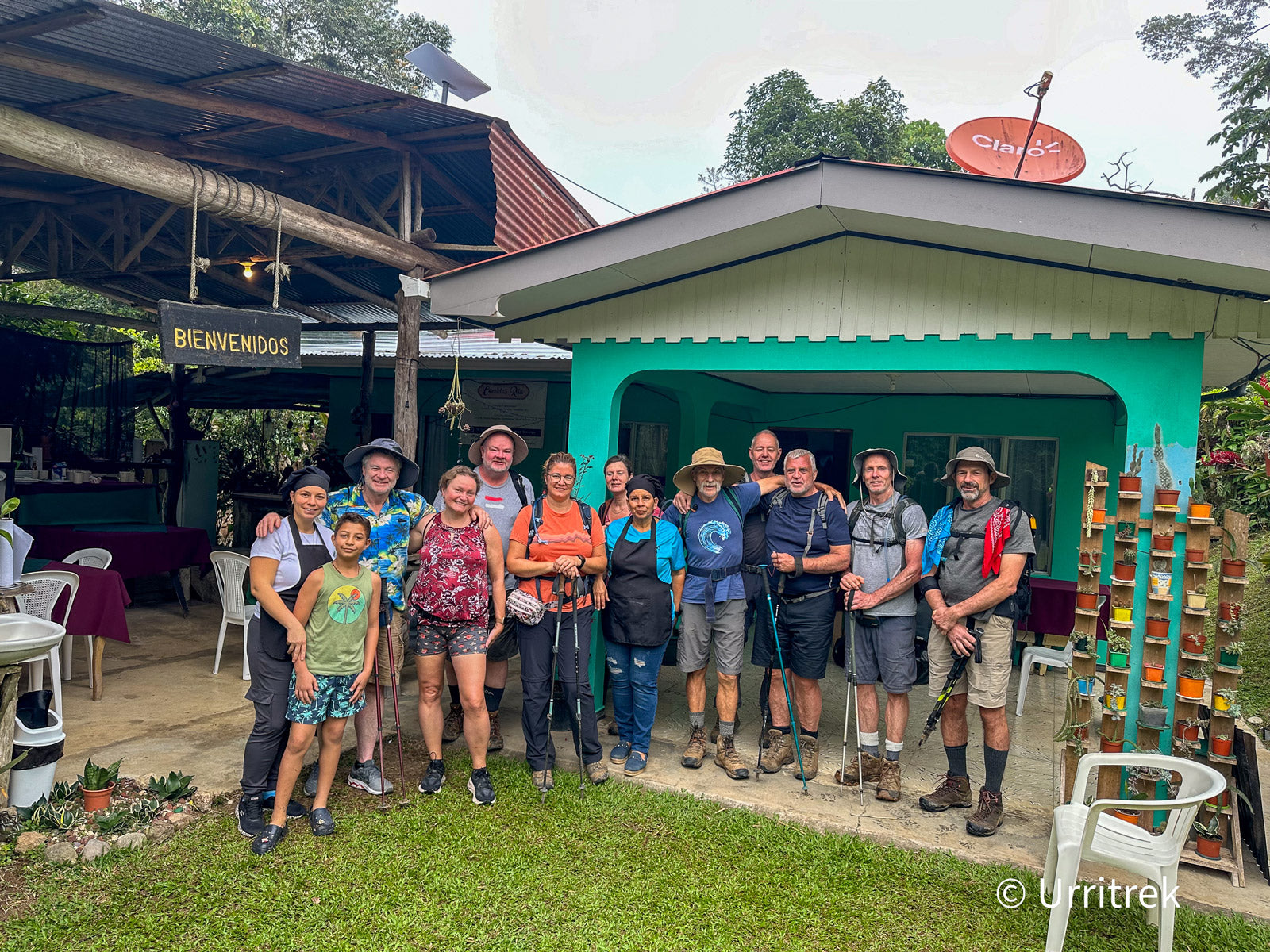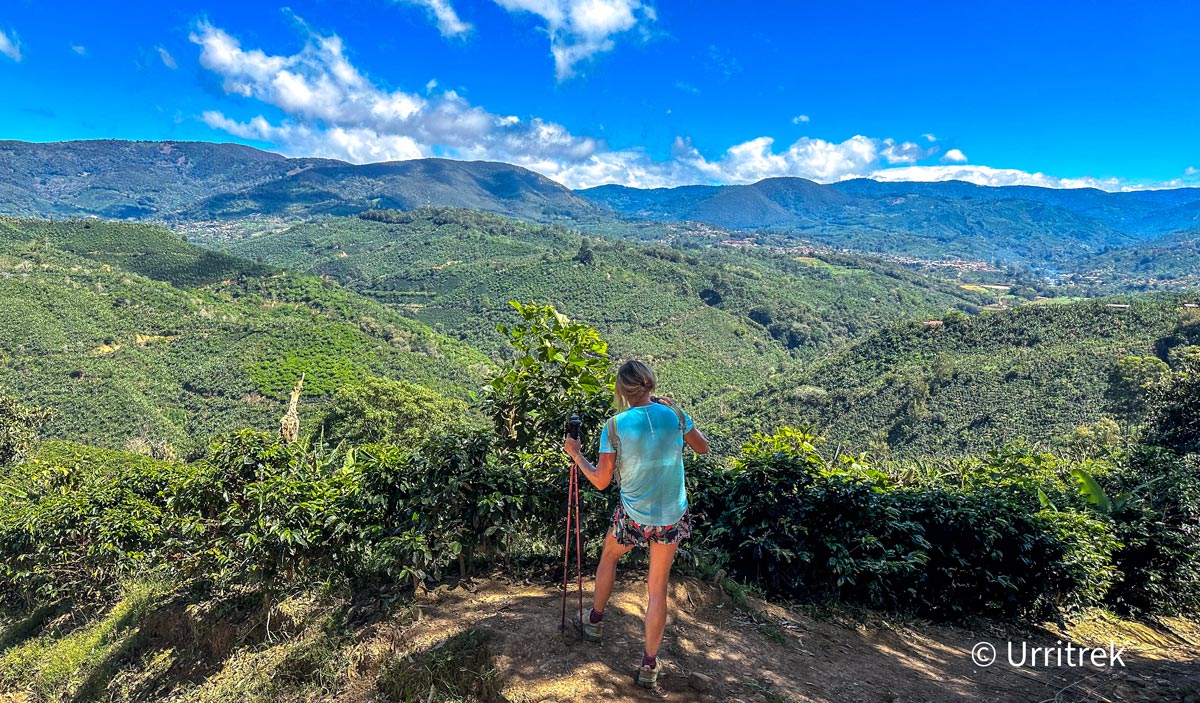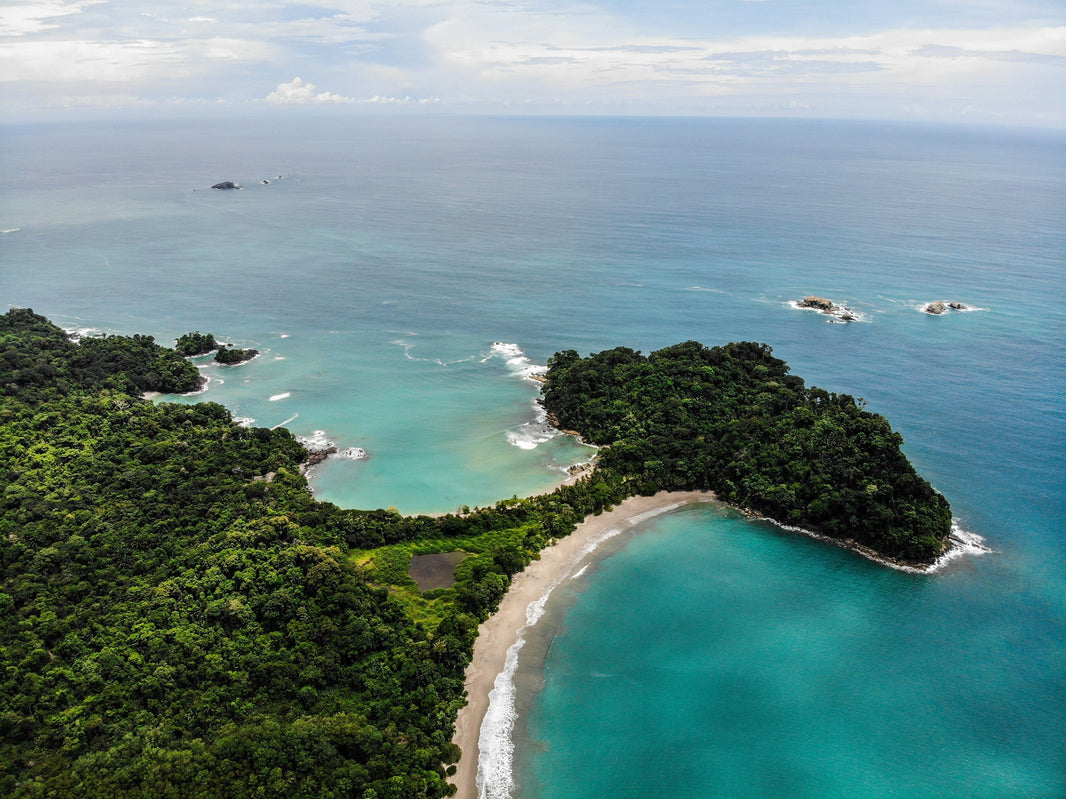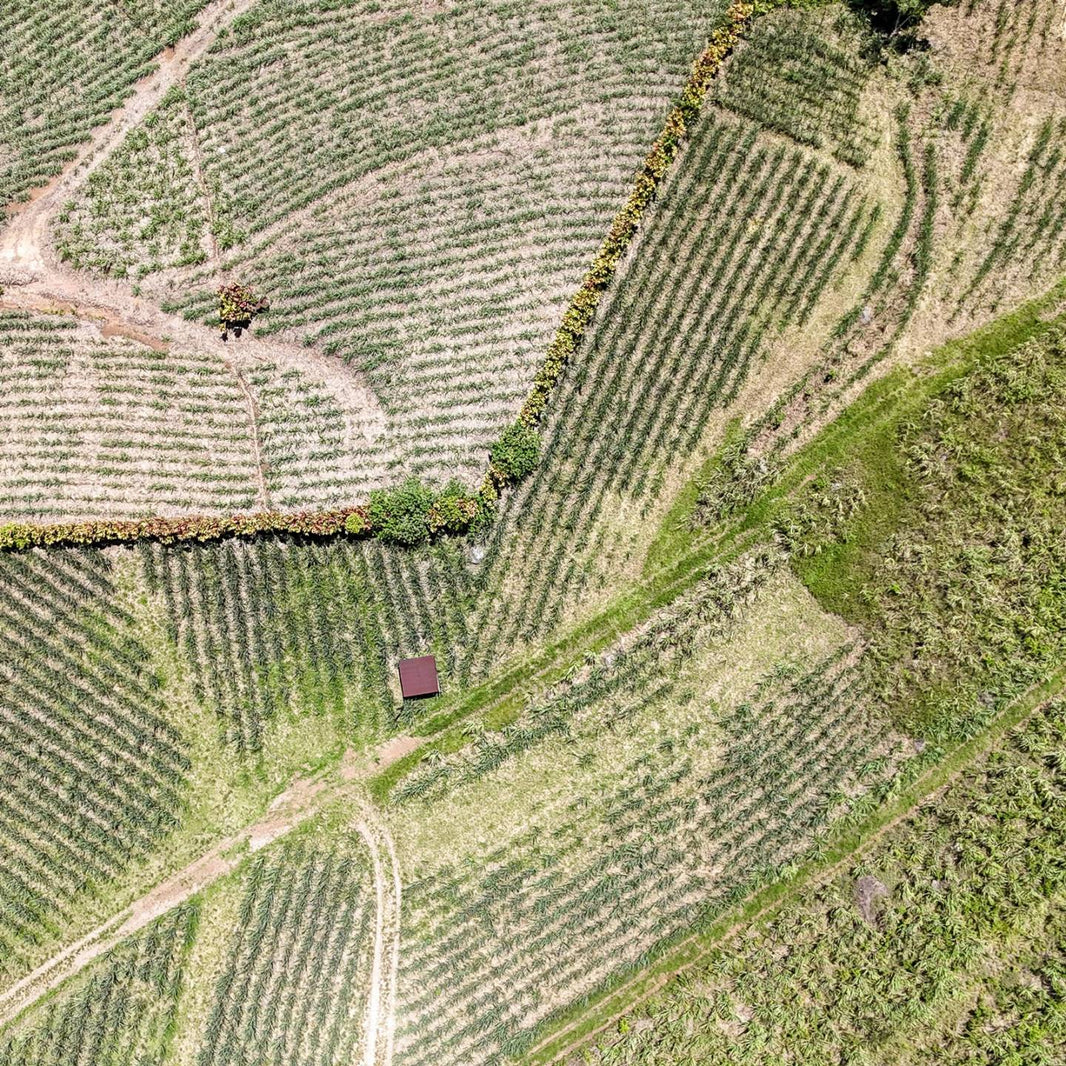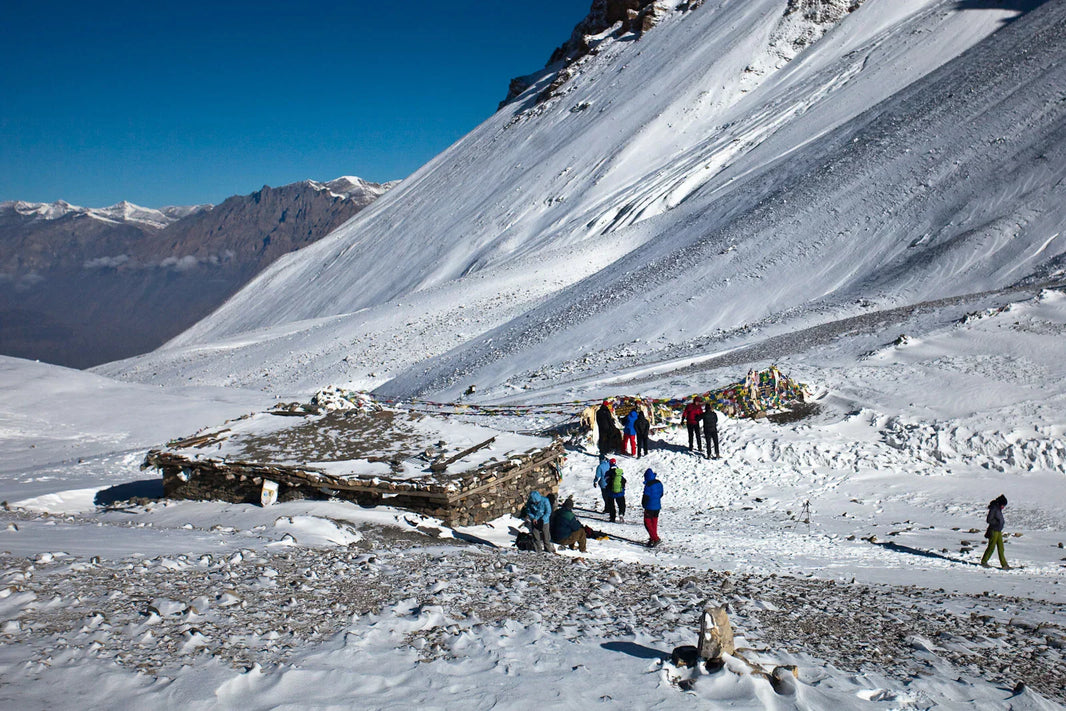The beauty of a long walk is that it slows you down. You start noticing the soft light in the mornings, the shifting tones of the trees, the faces of those who greet you along the way. Even though Urritrek’s El Camino de Costa Rica is designed for hiking, not photo safaris, there’s always room to pause for a quick shot. The route isn’t structured around photographers, but it always makes space for those who want to capture the magic of the trail, just not at the expense of the experience itself.
Whether you’re using a mobile phone or a full-frame camera, the Camino is a gift to the eyes. But like every gift, it comes with some responsibility: staying present. Taking photos without missing the walk is an art in itself. This article aims to help you achieve both.
Picture by Daniel J. Schwarz-Unsplash
How to Take Amazing Photos Without Missing the Experience
Pack light, think fast
Let’s get the obvious out of the way: carrying a camera (or even a drone, for the brave ones) over dozens of kilometers is an extra burden. But for those who genuinely enjoy photography, it’s a burden worth bearing. The Camino is full of biodiversity: moss-covered trees, singing birds, rushing streams, and unexpected details you’ll miss if you don’t keep your eyes open and your camera ready.
That said, whatever you carry should be compact, lightweight, and fast to deploy. You won’t always have time for tripod setups or complex lens switches, especially if you're walking in a group. Therefore, prioritize cameras with quick startup times and autofocus. A mirrorless camera with a 35mm or 50mm prime lens often offers the perfect balance between quality and agility.
And if your gear of choice is your smartphone? You’re in good company. Mobile photography today can hold its own against traditional setups, especially if you know how to utilize it effectively.
Perfect views
The Camino’s first stage is rich in photographic variety. Our guide Juancho loves this spot and he wants us to share it with you, just as a hint of several stages where you’ll find a lot of beauty to photograph. Here, you’ll find outstanding spots for:
-
Macrophotography, especially early in the morning, when dew rests on leaves and insects move slowly in the cool air.
-
Ethnographic photography captures people at work, their expressions, their clothes, and their connection to the land.
- Village life, as you walk through towns where locals say hello enthusiastically, you start to get the first hints of the Costa Rican way of living.
In other sections of the trail, we’ll find landscapes opening dramatically. The path winds along a high ridge, offering panoramic views of valleys dotted with farms, thick forests, and distant mountains that shift in color as the light changes. In some spots, as well, you’ll capture mist rising like smoke from the trees.
If you are interested in birds, read Birdwatching on El Camino de Costa Rica: 10 Stunning Species to Spot or about Sloths in Costa Rica: How and Where to See Them Along El Camino de Costa Rica
Picture by Brady Jordan - Unsplash
Weatherproof your creativity
Rain happens. So does mud, mist, and sometimes extreme sun. If you’re carrying sensitive gear, protection is key. Here are some practical recommendations:
-
Dry bags or waterproof camera pouches. Brands like Sea to Summit or Lowepro make great lightweight options that seal out moisture while keeping gear accessible.
-
Silica gel packets. Tuck a few into your camera bag or phone case to absorb humidity on especially wet days.
-
Quick-dry microfiber cloths. Essential for wiping lenses, especially when walking through foggy or humid zones. They even work to clean your cellphone’s camera.
-
Phone covers with lanyards. Avoid pocket drops or slips during steep climbs, especially when your hands are sweaty, or it starts to drizzle.
- Lens hoods and UV filters. Not only for image quality, but they also serve as the first line of defense against accidental bumps and scratches.
And don’t forget: extreme heat can also damage equipment. Avoid leaving your camera or phone in direct sunlight during long lunch breaks. Wrap it in a garment, or store it in the shade to protect internal sensors and battery life.
You should read Costa Rica in the Rainy Season: Wild, Green, and Unforgettable.
Capture the people, not just the place
Landscapes are grand, but people give context and soul to your photo story. A few tips for capturing them with authenticity:
-
Ask for permission. A smile and a gesture toward your camera is often enough. If you don’t speak the language, learning the word for “photo” and “okay?” goes a long way.
-
Candid beats posed. Capture people walking, cooking, talking, or tending animals. It tells a richer and authentic story.
- Get close, but stay respectful. Use natural light and surroundings; people look best when they’re comfortable and unforced.
One of the most touching aspects of the Camino is the human connection, not just with fellow walkers, but also with those who live along the trail. A warm photo can become part of that exchange.
Picture by Oliver Graham - Unsplash
Recommended gear for the Camino photographer
While professional photographers may prefer to customize their kits, here’s a practical, trail-tested list that works well for most hikers:
For mobile shooters:
- Waterproof case (e.g., Lifeproof or Catalyst)
- Clip-on lenses (e.g., Moment or Sandmarc)
- Power bank (minimum 10,000mAh)
- Lightweight gimbal for video (its an extra, but great for smooth footage)
For camera users:
- Mirrorless camera with a versatile prime or zoom lens (e.g., 24-70mm or 35mm fixed)
- Strap or harness system (like Peak Design) to keep your hands free
- Weather-sealed camera bag or insert
- Microfiber cloths + lens wipes
- Spare battery and SD cards
Universal essentials:
- Fast access pouch for your phone or camera
- Plastic ziplocks for backups and snacks (they help organize everything)
You may like Gifts for Hikers Who Want to Collect Memories, Not Things
You’ll come across countless nature scenes worth capturing with your camera.
Stay present, shoot with intention
The temptation is real: stop every ten minutes to frame the perfect shot, switch angles, include a selfie. But every minute spent behind the viewfinder is a minute you’re not walking, breathing, talking, or simply noticing.
Photography isn't just about beauty; it's about memory. The best photos are often the ones that remind you of what it felt like to be there.
Instead of compulsively documenting every corner, try this approach:
-
Take mental notes. If a spot catches your eye, but the group is moving, make a quick voice memo or pin it on your offline map app to return later if possible.
-
Choose your moments. Commit to a few key stops a day, allowing yourself around 10 minutes maximum to shoot at each location. The rest of the time, enjoy the flow.
- Look with both eyes. Before lifting the camera, take a moment to see and enjoy. What story are you trying to tell? What emotion does this view give you?
The Camino isn’t a backdrop. It's a living, breathing journey, one that deserves your attention as much as your lens. The best photos often come not when you’re chasing them, but when you’re open, alert, and walking with purpose. You’ll come back with more than just beautiful images; you’ll come back with the full memory of the light, the air, the road beneath your feet… and maybe even a new way of seeing the world. And talking about living at the moment, are you now ready to get a quote?


